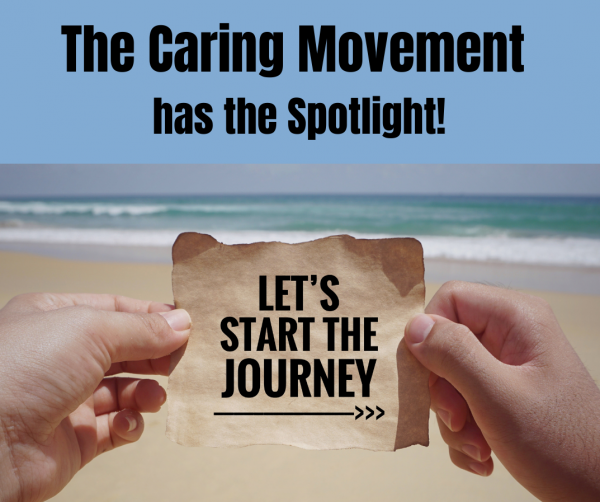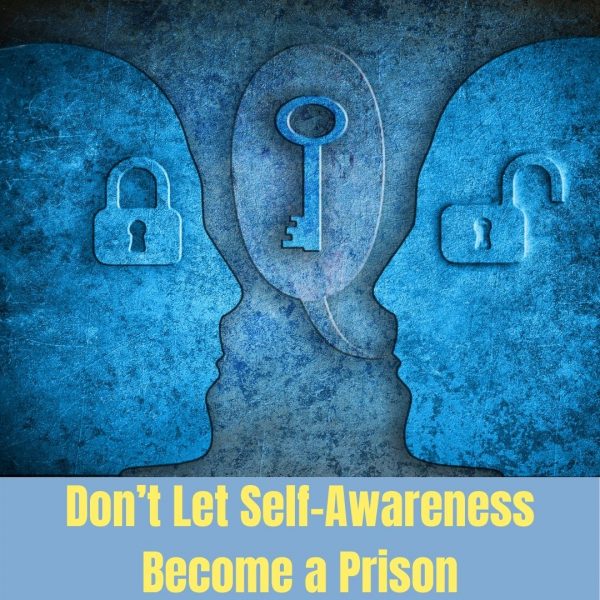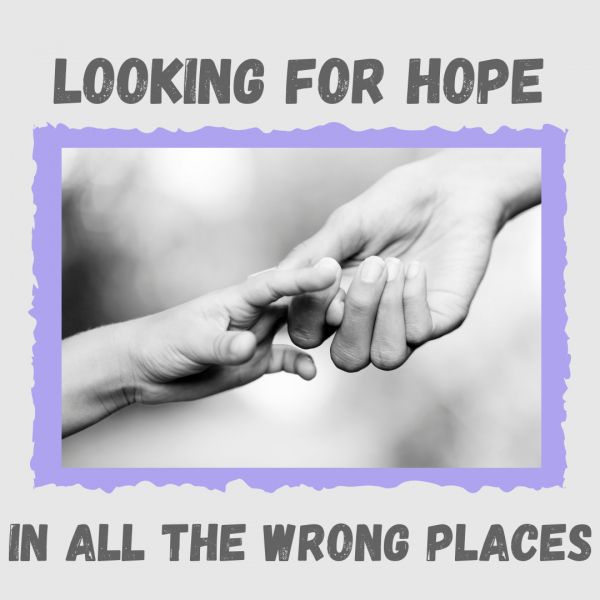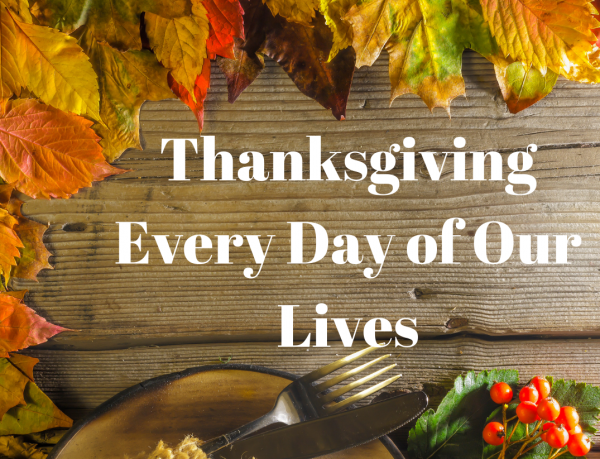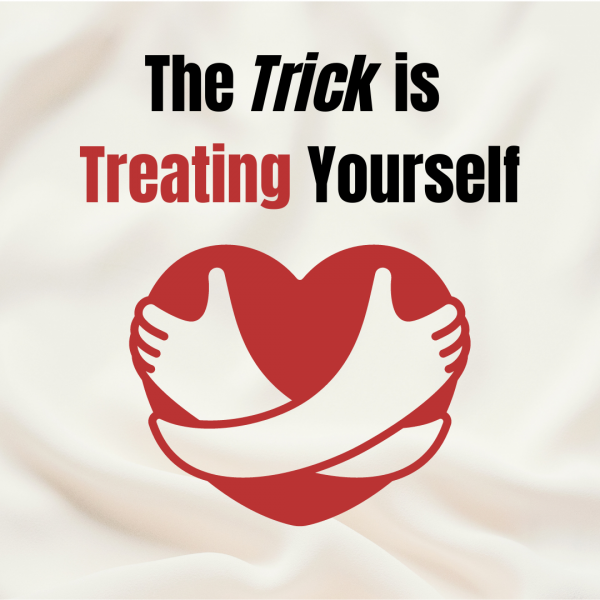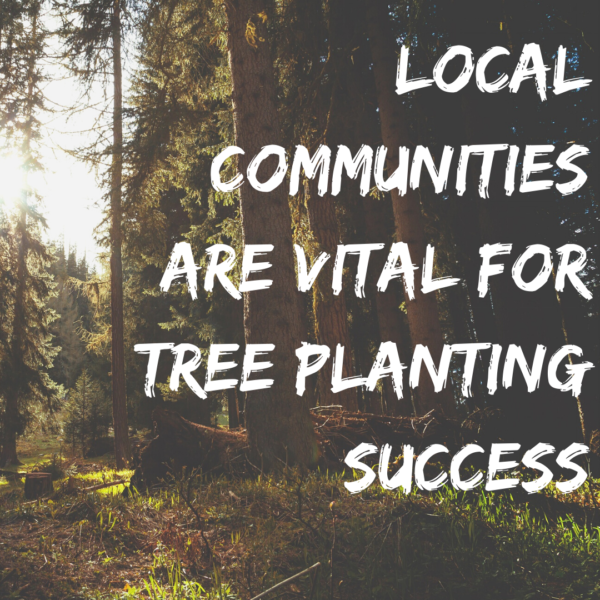The ecosystem benefits of reforestation get talked about a lot—and with good reason! Healthy trees support entire ecosystems—and planting them helps nature to regenerate lost landscapes, increase biodiversity, and offset carbon emissions. But if done thoughtfully, reforestation can also have profound socioeconomic impacts by improving food security, protecting livelihoods, and helping to heal communities. In fact, local communities are vital for tree planting success.
UCA sponsors One Tree Planted who maintains a 80% success rate goal for tree planting in reforestation projects. With UCA’s care for communities being a priority, we asked them to share why local communities are an important part of that success rate.
Involving local communities in reforestation efforts is essential to the success of any project with One Tree Planted, but with our agroforestry initiatives, it takes center stage.
When asked what trees they want to see planted, locals usually request species that will help them support their families and get food on the table. By focusing on the intersection between natural restoration and community needs, we also decrease the risk of subsistence-driven deforestation in surrounding regions. In impoverished areas, deforestation is often driven by the need for income or fuel. By working with local communities as active partners that help to shape projects, we increase the likelihood that the trees we plant will reach their full potential.
Agroforestry is agriculture that incorporates the cultivation and conservation of trees, and it’s gaining attention as a productive, feasible practice that enriches soil and strengthens local environments rather than depleting and degrading them. When compared to conventional farming practices, which lead to diminishing returns, agroforestry shines by providing a more sustainable and net-positive solution. And it has real, on-the-ground benefits for smallholder subsistence farmers and their communities by improving their food and income security.
Project Highlight: Reforestation in Rwanda
In Rwanda, where 70% of the population farms, One Tree Planted recently worked with a woman-led farming coop to plant approximately 25,000 trees on over 380 acres, most of which were Grevillea Robusta, a species preferred by agroforestry farmers because it grows relatively quickly and doesn’t require a lot of water to thrive. We also planted tree tomato, lemon, and avocado trees, which will provide cash crops for farmers and directly benefit 180 households.
While agroforestry and food security were the primary objectives, these reforestation efforts will also help to reduce soil erosion, landslides and severe floods downstream, benefit environmental restoration, store carbon, and ensure that more families thrive. A separate but related project here will also help educate communities about the importance of biodiversity, so they can work to reduce the threats to Gishwati-Mukura National Park and re-integrate indigenous species into their agro-systems.
Planting Trees After Forest Fires
As you probably know, wildfires are burning at unprecedented rates around the globe. In Australia, where a devastating 21% of temperate broadleaf and mixed forests were burned in late 2019 and early 2020, we’re working to plant 1 million trees over the next 5 years. The process will begin with establishing and supplying nurseries, and will rely on close monitoring of fire damaged ecosystems to assess when they’ll be ready for planting. The project will help rebuild habitats for those that have been most affected by the fires, including koalas and the glossy black cockatoo.
In British Columbia, a historic rank six wildfire consumed 230,000 hectares of land, devastating iconic forests and displacing the wildlife and indigenous communities that rely on them. We worked with the First Nations people to reforest the area with carefully selected species including Lodgepole pine, Douglas fir, Hybrid spruce, Western larch, Ponderosa pine, Trembling aspen, and Black cottonwood. In addition to reforesting, we teamed up with Canada’s Forest Carbon Initiative to support carbon modeling to determine how much carbon is sequestered as the forest continues to grow and recover.
Furthermore in California, we partner with conservation districts, The US Forest Service, and local watershed organizations to reforest after forest fires – including after the devastating Camp Fire of 2018 which severely damaged the town of Paradise. When such disasters occur, reforestation is conducted very thoughtfully so that that right species of trees are planted in appropriate locations to reduce the risk of future fire spread while helping nature recover.
How One Tree Planted Plants Trees Around the World
Reforestation can restore damaged ecosystems, stabilize soil, support the water cycle, protect biodiversity, and slowly recover the vital ecosystem services that we all depend on. So how do we do it in so many different countries around the world? Through a network of carefully vetted and knowledgeable on-the-ground partners. Once we’ve connected with a partner, we carefully vet them to make sure they will be able to deliver on their goals. Then, we work with them to develop a plan and get the logistics into place. Meanwhile, we’re spreading the word about these amazing projects and securing the donations necessary to support these efforts. Once the funding is there, the planting site is prepared, supplies are procured, and seeds are collected and grow into strong seedlings. Then, when it is the rainy season and environmental conditions are ready, the trees are planted! After planting is done, the trees are carefully maintained and monitored by our partners until they can survive on their own.
While the size of projects vary, it takes dozens of people on average to execute any single reforestation effort to make it a success. Between the donors who help with funding, internal staff to help with planning and coordinating global projects, and local partners to get the trees in the ground, and the local communities that are vital to tree planting success, we recognize that every person who contributes plays an important role.
By Diana Chaplin, contributing author and member of One Tree Planted

